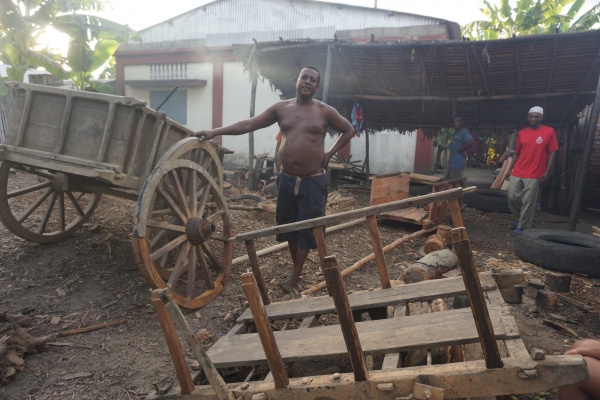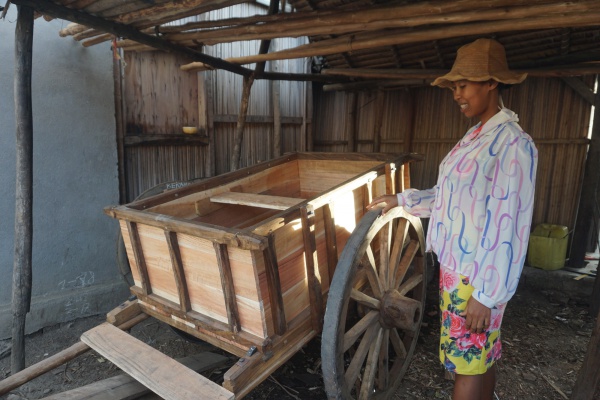Difference between revisions of "Zebu cart"
CampMaster (talk | contribs) (Tags: Mobile edit, Mobile web edit) |
CampMaster (talk | contribs) (Tags: Mobile edit, Mobile web edit) |
||
| Line 50: | Line 50: | ||
[[File:Zebu_cart_009.jpg|600px]] | [[File:Zebu_cart_009.jpg|600px]] | ||
| − | These | + | These charrette remains as practical and relevant among farmers today as they were hundreds of years ago. |
[[File:Sambirano_078.jpg|600px]] | [[File:Sambirano_078.jpg|600px]] | ||
| − | The countless farmers who | + | The countless farmers who keep the tradition alive deserve credit for protecting the environment by reducing the number of cars on the roads. |
== Additional information == | == Additional information == | ||
Revision as of 08:26, 18 August 2024
It's sunrise in Sambirano and there is a small traffic jam on the bridge crossing the river, caused not by motor cars but by zebu carts moving slowly over the narrow bridge in Ambanja. The drivers and passengers of these traditional ox-powered vehicles are mostly farmers on their way to the central marketplace to sell their crops.
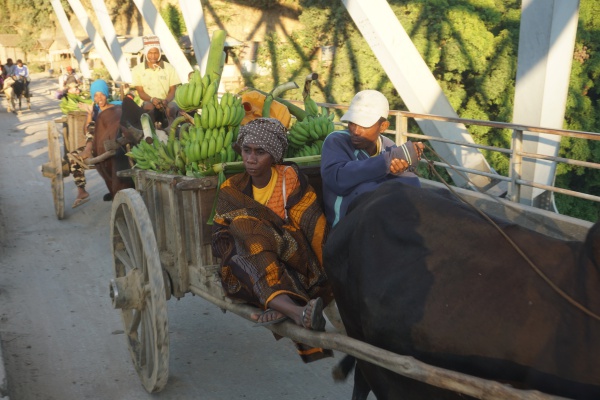
| ||
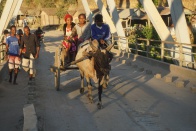
|

|

|
Zebu carts, or charrettes à zebu as they are know, are common sights in and around Ambanja, the region, and across much of the country.
Dozens of workshops produce charrettes in Ambanja. One such workshop in the town centre is run by Mr Theodore, who with his team of six skilled carpenters builds and assembles around 50 charrettes per year, all manually crafted without the use of electrical power tools.
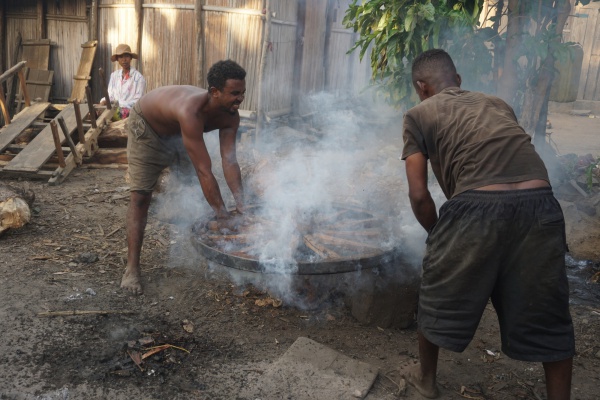
| ||
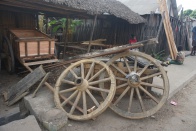
|
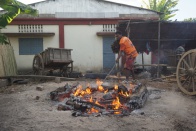
|
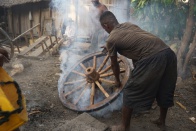
|

|
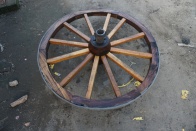
|
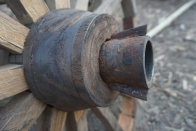
|
The design and model are always the same: A simple two-wheeler which easily attaches to one or more zebus.
A charrette takes about one week to build and costs 1,800,000 (USD 400).
These charrette remains as practical and relevant among farmers today as they were hundreds of years ago.
The countless farmers who keep the tradition alive deserve credit for protecting the environment by reducing the number of cars on the roads.
Additional information
View more Zebu cart photos
